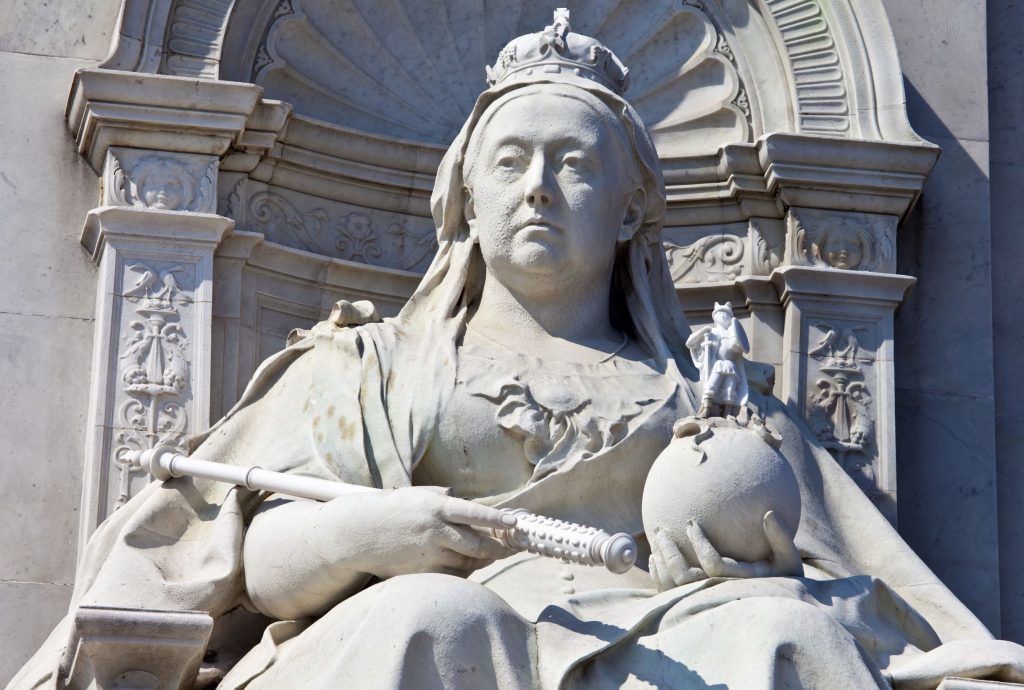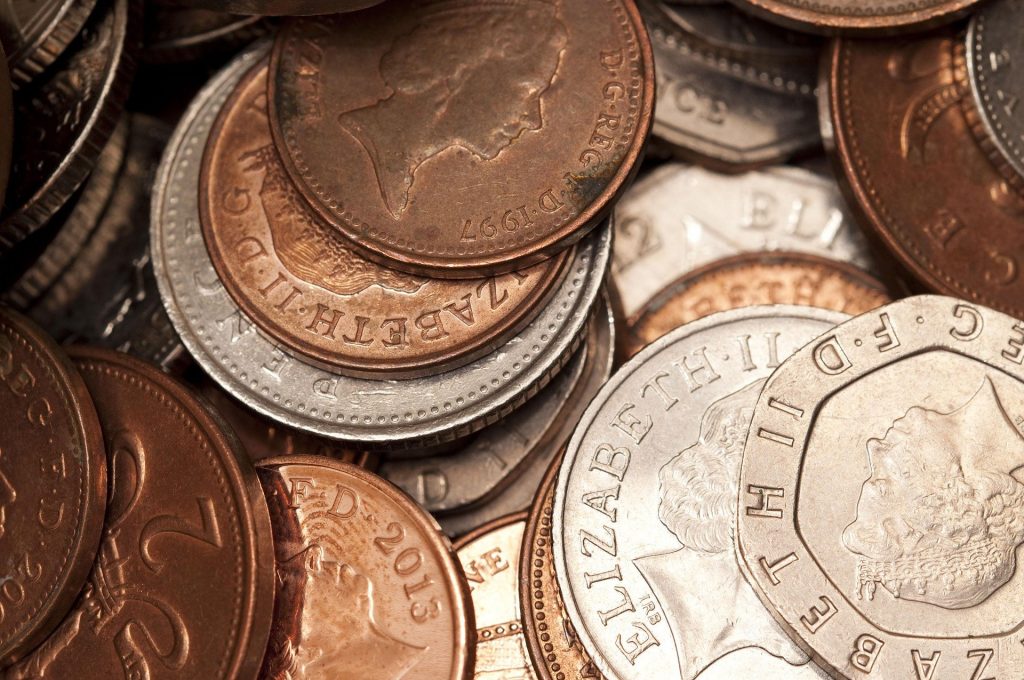Diana…The “People’s Princess”
Here, we take a look back at the life and tireless charity work, that has made her loved by millions all over the world.
Queen Victoria…Six Things You May Not Know!

Queen Victoria reigned from just after her 18th birthday until her death at the age of 81. She is Britain’s second longest reigning monarch. She was married to her beloved Albert for 21 years, and mourned his death for nearly 40 years afterwards. But what else do you know about Victoria. Here are six unusual facts that you may find interesting.
Seven Things You May Not Know About Queen Elizabeth II
Queen Elizabeth II’s 95th Birthday Sovereign Range

Her Majesty Queen Elizabeth II celebrates her 95th birthday this year on April 21st, making her Britain’s oldest reigning monarch. This, together with what has been an incredible 69-year reign so far, makes her quite a remarkable presence and one that Britain will rejoice and celebrate in April this year.
In 1947, Queen Elizabeth II married Prince Philip, Duke of Edinburgh, and the couple has four children: Charles, Prince of Wales; Anne, Princess Royal; Prince Andrew, Duke of York; and Prince Edward, Earl of Wessex. In 1953, Elizabeth was crowned and officially recognized as sovereign. Since then, the Queen has served in her role as the Queen of England, and in 2018, she became the first British monarch to reach a Sapphire Jubilee—a celebration to mark 65 years of her reign.
The Importance of Royal Maundy

Royal Maundy is the tradition of the British Monarch ceremonially distributing small silver coins, known as “Maundy Money”, to elderly recipients. It dates back as far 600 AD and its origins lie in the story of Jesus washing the feet of his disciples after the Last Supper. The word “Maundy” comes from the Latin word “mandatum”, meaning the command that Jesus gave to his disciples to “love one another”.
